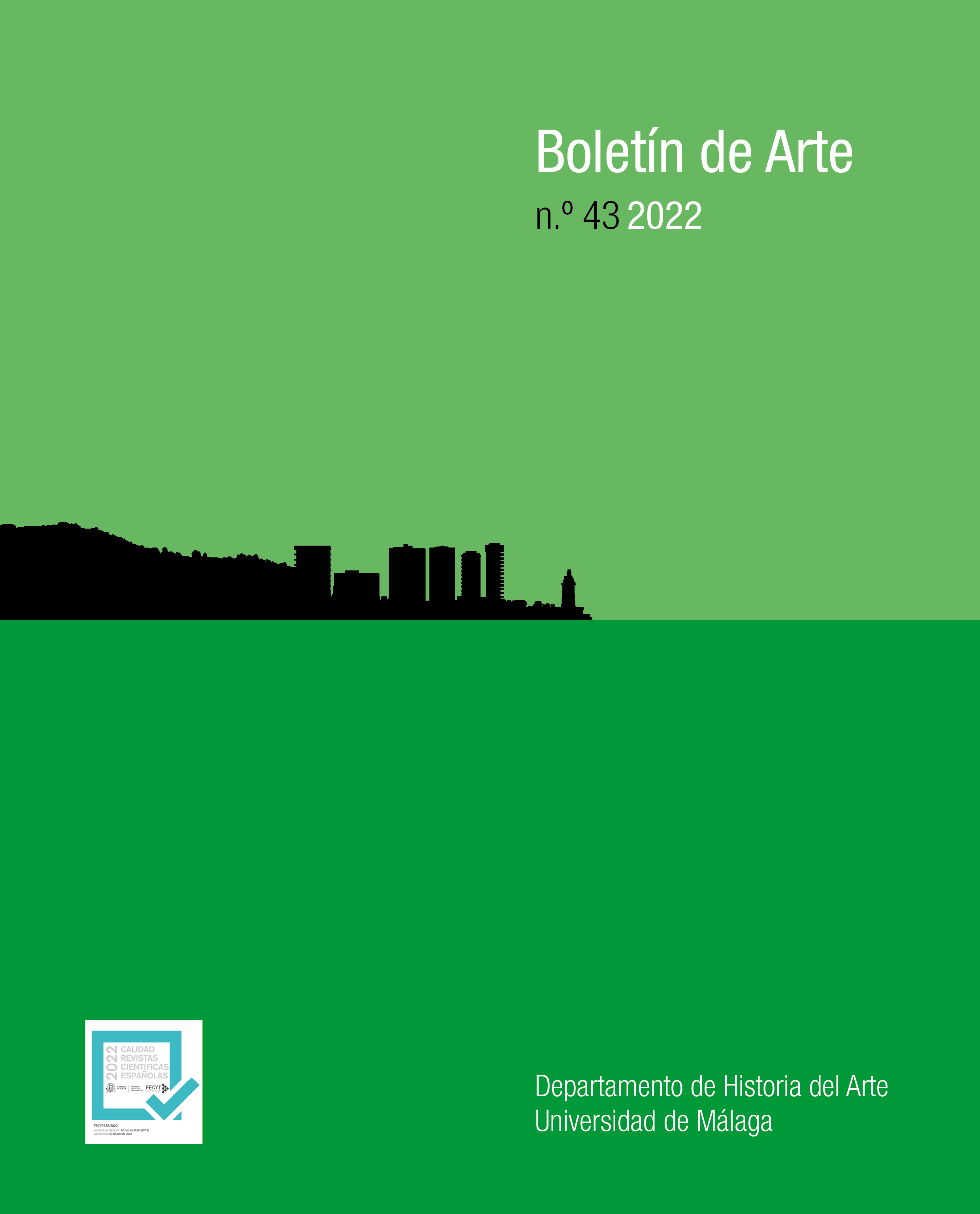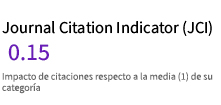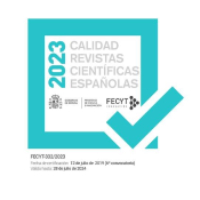The Wounded City. A New Proposal for Reading the City. From Historical 2D to 3D as an Innovation Proposal
DOI:
https://doi.org/10.24310/BoLArte.2022.vi43.15784Keywords:
Heritage, City, Identities, WoundsAbstract
The incessant aggressions that the present-day city suffers for the sake of military, economic or political criteria, which not only destroy it but also systematically inflict «wounds» that eliminate or substantially modify its signs of identity, make it necessary to rethink the traditional representation of cities, by focussing on projecting the image as a whole. An innovative, methodological proposal would approach it by understanding it as a three-dimensional whole and not merely through the customary linear and horizontal reading. A city must be understood to have multiple meanings which, when abstracted and selected from its constants, define its identity. At this point, the injuries inflicted will be detected and reported and strategies established to eliminate and prevent them.
I propose this strategy and apply it as a case study to the city of Malaga as a field of experimentation and assignment of the proposed methodology which, due to its unprecedented nature, is part of the innovation strategies applied to heritage.
Downloads
Metrics
References
KAGAN, Richard L. (1986), Ciudades del siglo de oro. Las vistas españolas de Anton van den Wyngaerde, Ed. El Viso, Madrid.
MARTIENSSEN, Rex Distin (1967), La idea del espacio en la arquitectura griega, Nueva Visión, Buenos Aires.
Downloads
Published
How to Cite
Issue
Section
License
Todos los contenidos publicados en la revista Boletín de Arte están sujetos a la licencia Creative Commons Reconocimento-NoComercia-Compartirigual 4.0 cuyo texto completo puede consultar en <http://creativecommons.org/licenses/by-nc-sa/4.0>

Los/as autores/as cuyas contribuciones sean aceptadas para su publicación en esta revista conservarán el derecho no exclusivo de utilizar sus contribuciones con fines académicos, de investigación y educativos, incluyendo el auto-archivo o depósito en repositorios de acceso abierto de cualquier tipo.
La edición electrónica de esta revista esta editada por la Editorial de la Universidad de Málaga (UmaEditorial), siendo necesario citar la procedencia en cualquier reproducción parcial o total.











4.png)
